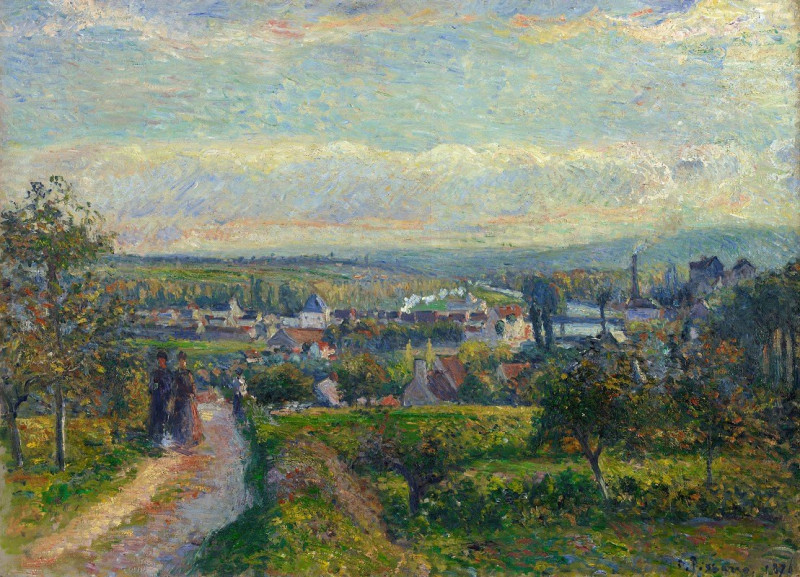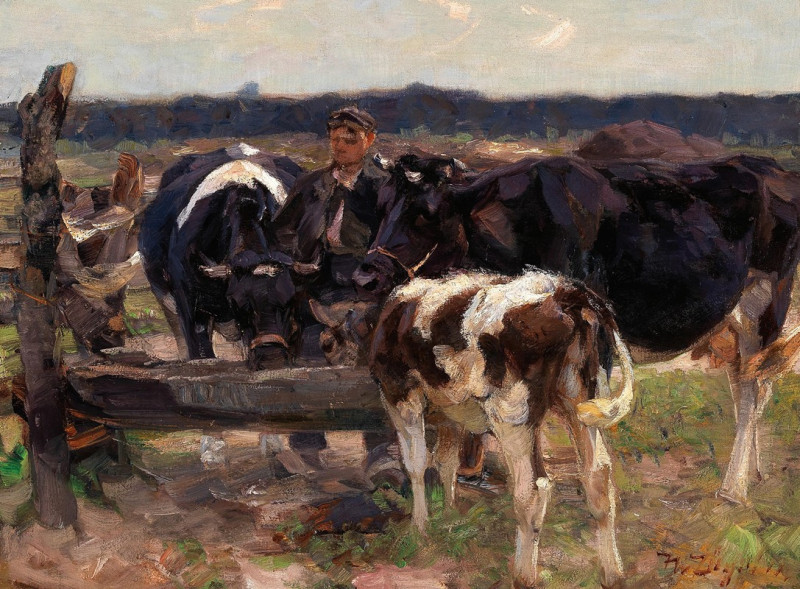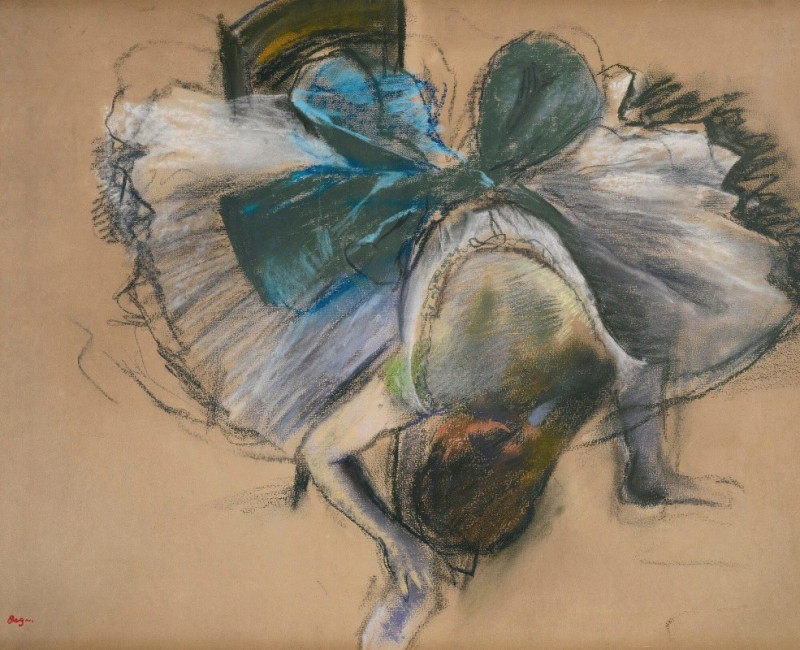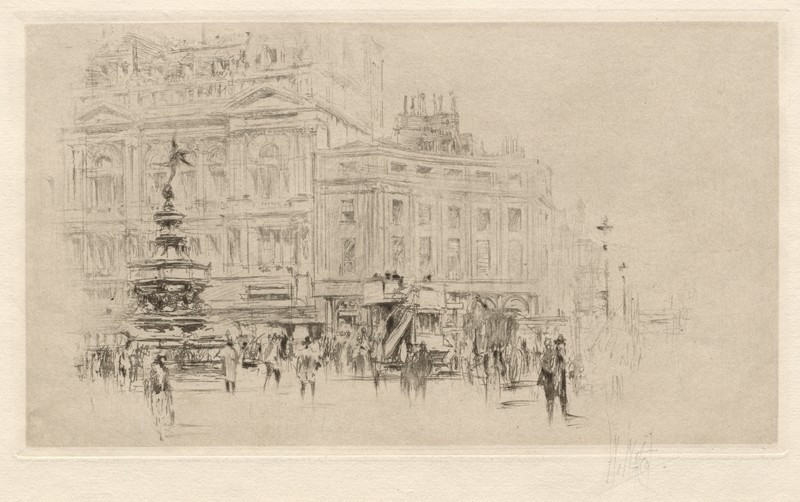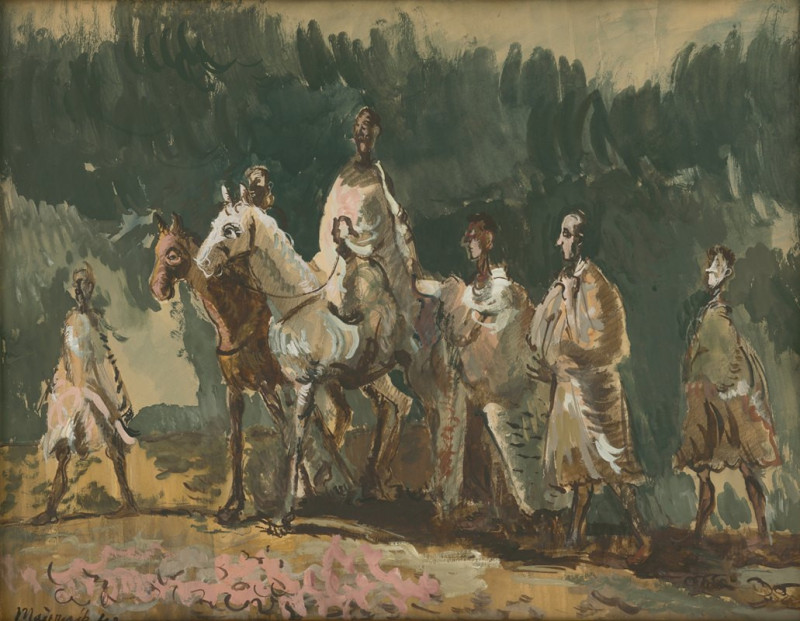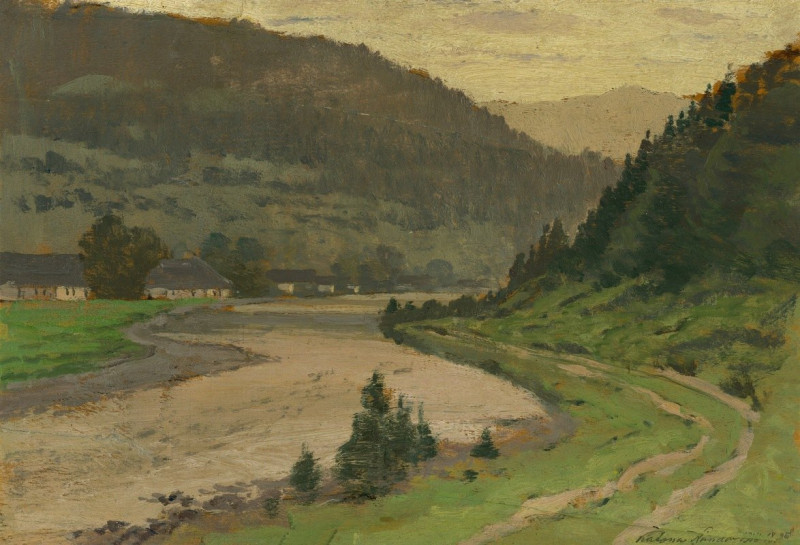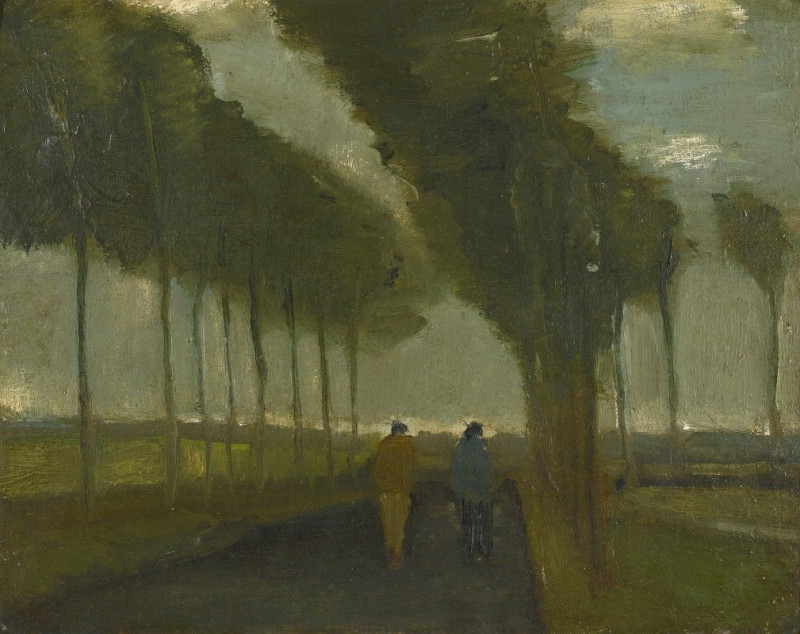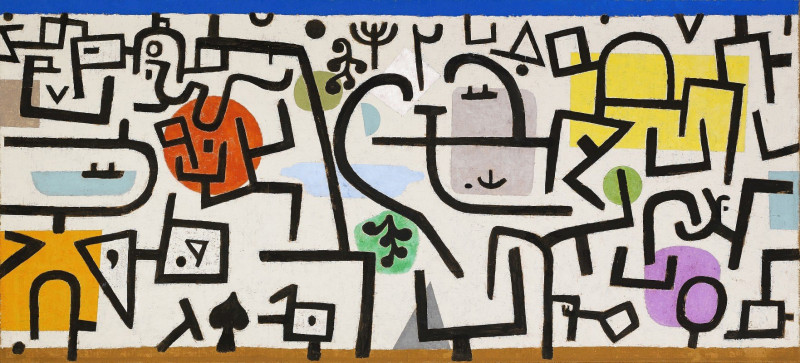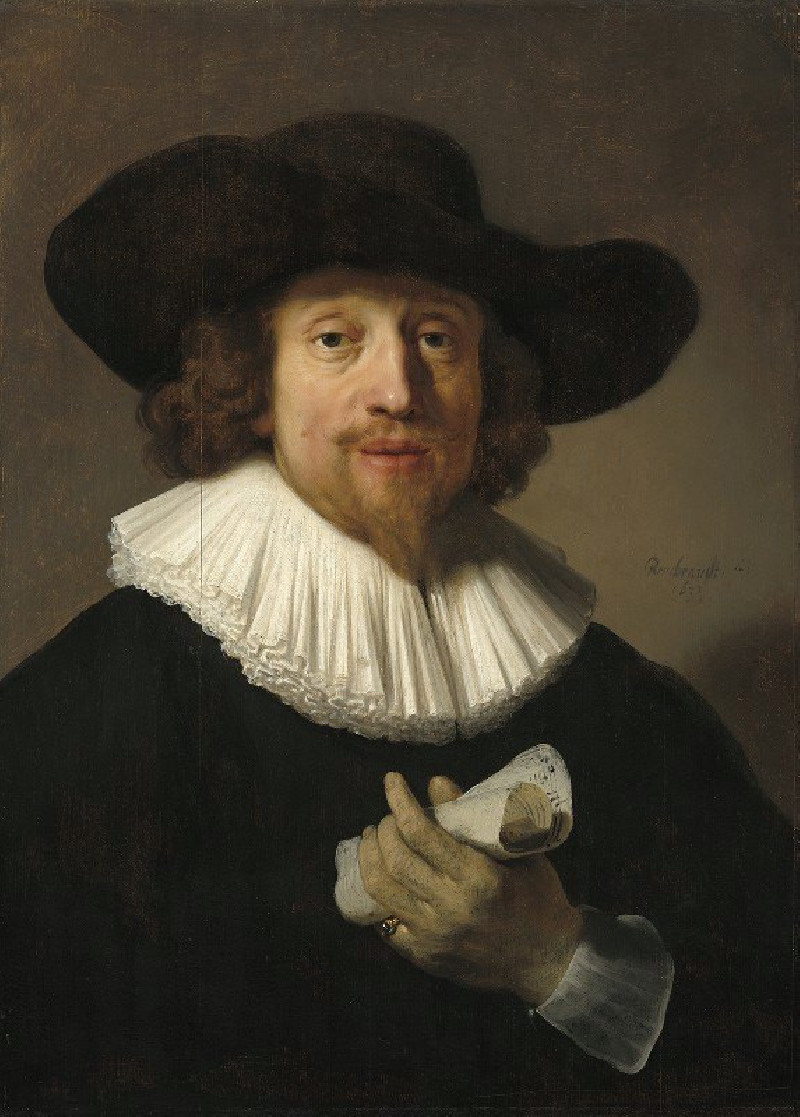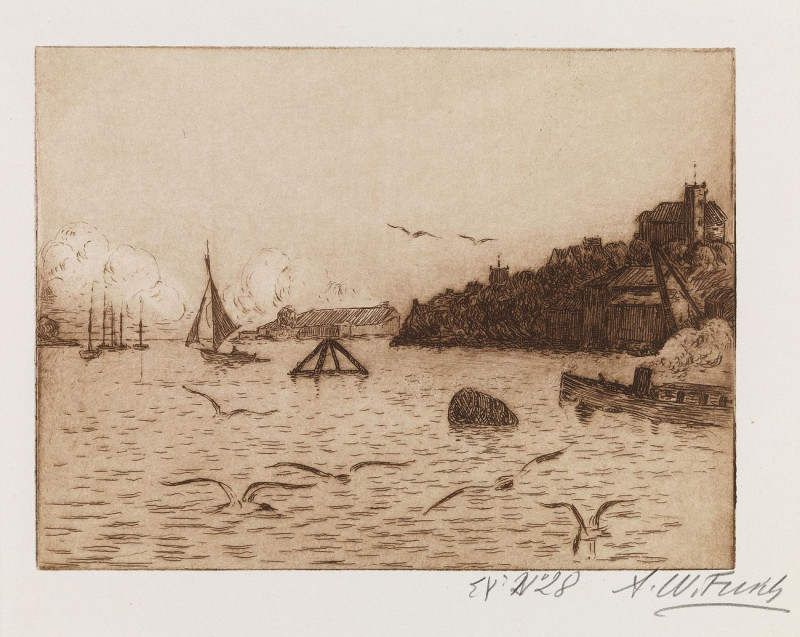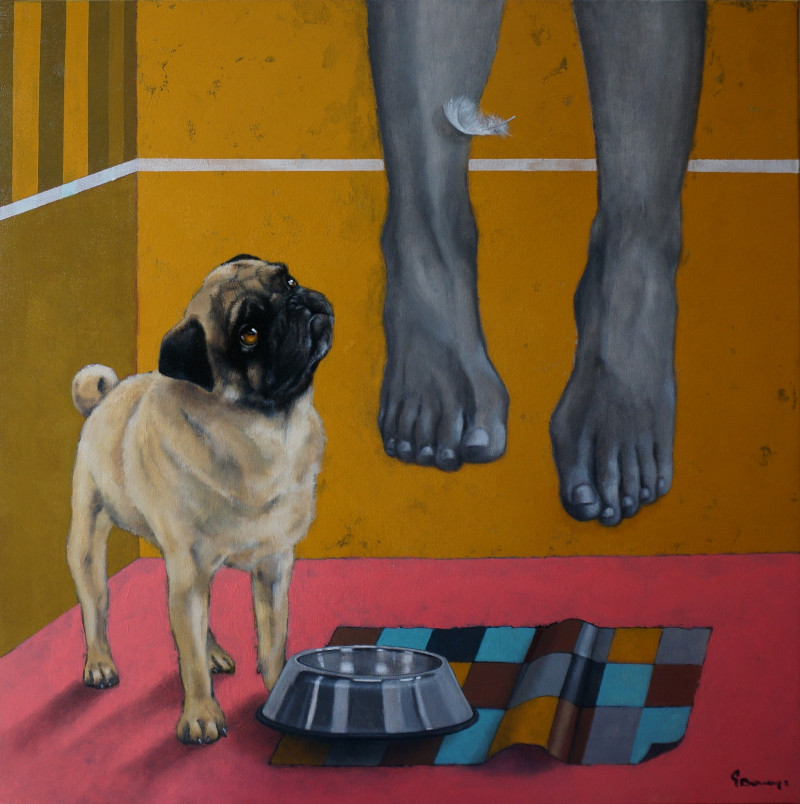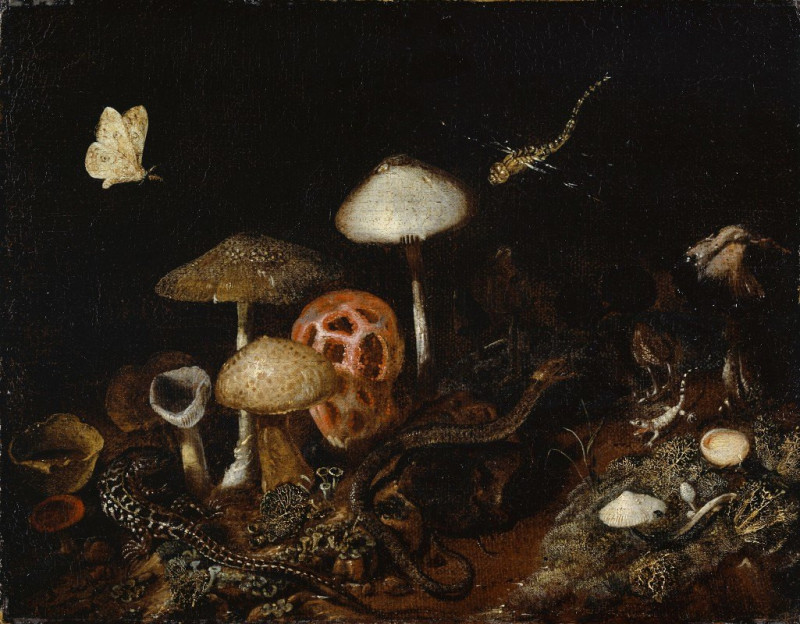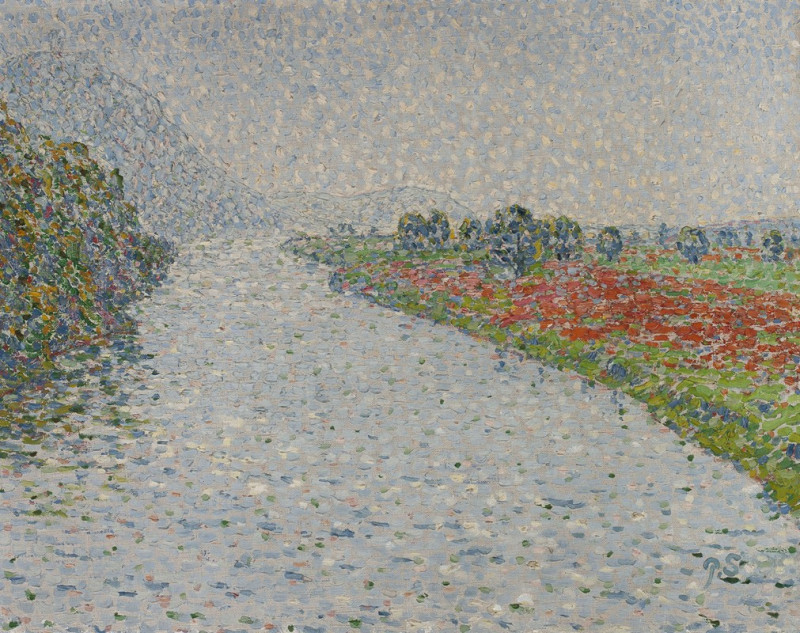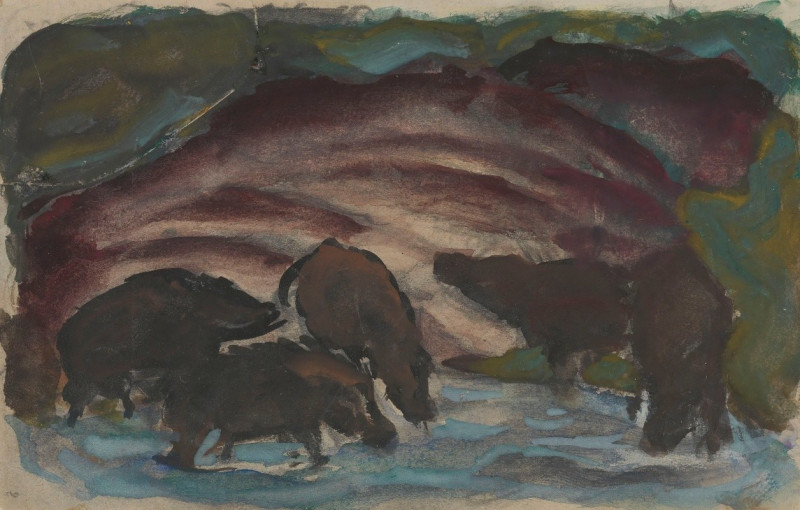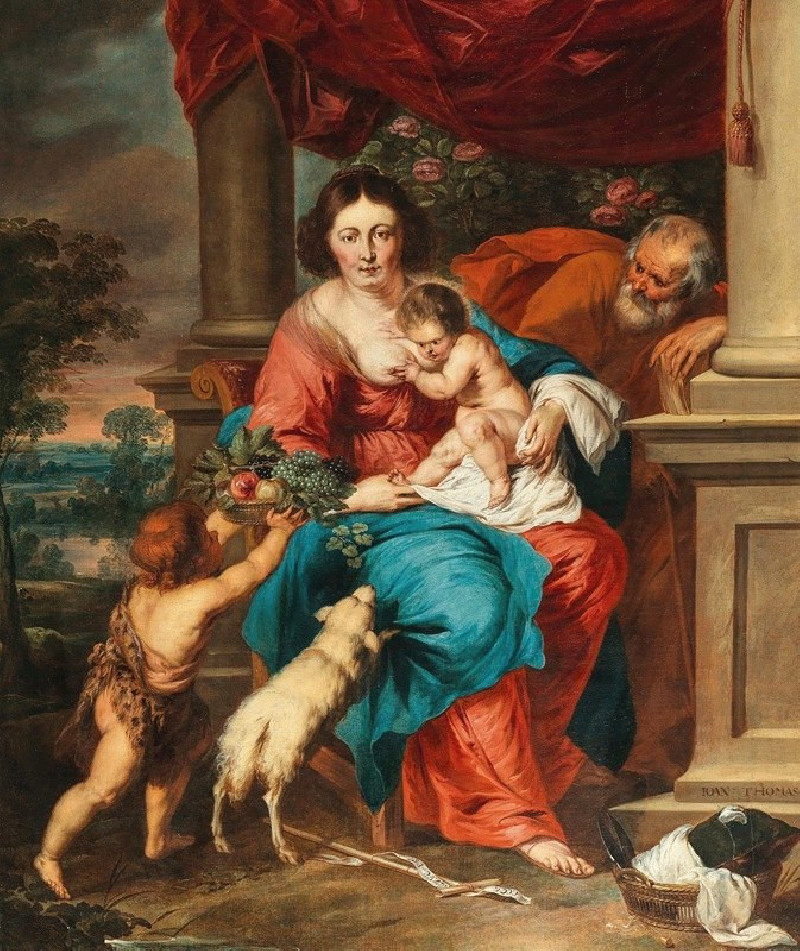View of Saint-Ouen-l’Aumône (1876)
Technique: Giclée quality print
Recommended by our customers
More about this artwork
"View of Saint-Ouen-l'Aumône" is a captivating painting by the renowned artist Camille Pissarro, completed in 1876. This exquisite work captures the serene and pastoral landscape of Saint-Ouen-l'Aumône, a small village located in the northwestern suburbs of Paris, France.The painting offers a vibrant tableau filled with the lush greenery of the countryside, seamlessly blending with the architectural elements of the village. Pissarro's mastery in the use of light and color breathes life into the canvas, reflecting the changing sky with shades of blue, white, and soft yellow, indicating either a late afternoon or an early morning scene.At the forefront of the composition, two figures can be seen walking down a sunlit path lined with trees, adding a human element to the landscape and inviting viewers to step into the serene setting. Their presence helps convey the scale and the peaceful coexistence between the village’s natural and built environments.The detailed depiction of the buildings, including a prominent dome and various traditional houses, suggests Pissarro’s interest in not just the natural landscape but also in human habitation within it. The river in the background further adds depth and dimension to the scene.This painting is a testament to Pissarro’s Impressionist style, characterized by loose brushwork and a vivid color palette, focusing on the effects of light and atmosphere in the landscape.
Delivery
Returns
Blessed are they who see beautiful things in humble places where other people see nothing. — Camille Pissarro
Camille Pissarro (1830-1903) was born on St.Thomas (now the US Virgin Islands) to a Portuguese father and a Dominican mother. He went to Paris to study art at Ecole des Beaux-Arts. He was an early pioneer of pointillism and neo-impressionism and later became a mentor of many famous impressionist painters including Cezanne, Manet, Renoir, and Gauguin. His paintings depicted rural and urban French landscapes and lifestyle. Many of his works politically captured images of peasants and laborers. Today, he is considered the father of impressionism.

